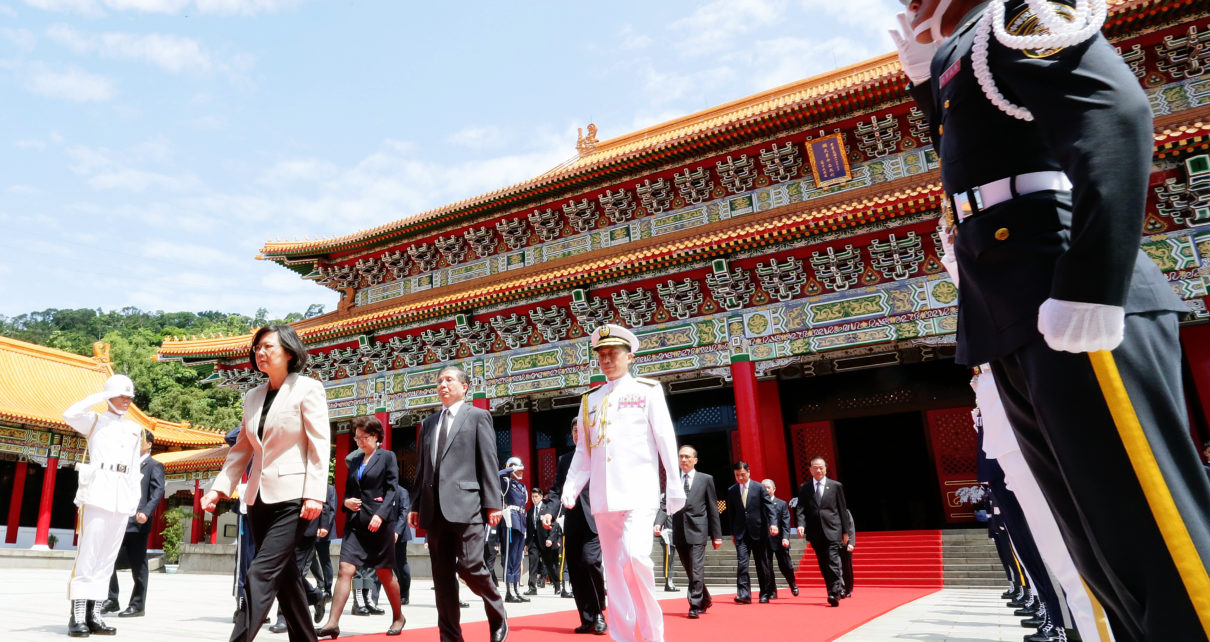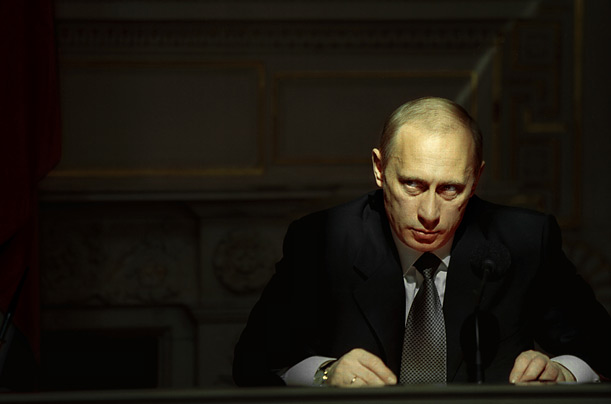On October 4, Taiwan’s defence ministry stated that 56 Chinese fighter jets had entered its air defence identification zone. This is not an isolated event; China has flown a record 145 fighter jets into the same region just over the past four days. This past year, China’s air force has made frequent outings into Taiwanese airspace. While this pattern of incursions has not led to a military confrontation, it is revelatory of the broader strategy China has been using to challenge Taiwan’s desire for sovereignty.
In 1949, Chang Kai-shek and his Kuomintang faction retreated to the island of Taiwan after losing the civil war against Mao Zedong’s Communist Party. Taiwan’s political status has remained a contentious subject ever since. Taiwan is currently officially recognized by 15 countries, but the People’s Republic of China on the mainland claims that Taiwan is merely a province of its greater nation. In the 1990s, China suggested the “one country, two systems” approach, which Beijing used to reintegrate Hong Kong and Macau. However, Taiwan rejected the reunification plan, which exacerbated the dispute between both countries. With the election of President Tsai Ing-wen and her pro-independence Democratic Progressive Party in 2016, relations across the Strait of Taiwan further deteriorated.
According to new data from a National Chengchi University study, over two-thirds of Taiwanese respondents favoured peaceful independence. The same study underscored that over 55% of respondents approved of President Tsai’s navigation through the cross-strait tensions, with most showing little trust in China’s government. The survey predicts that the general lack of trust in Chinese authorities will persist if Beijing remains a hostile player in the region. A study released in August by the Taiwan New Constitution Foundation stated that 90% of respondents identified as ‘Taiwanese’ rather than ‘Chinese’, with 39% backing a further drive towards independence and two-thirds willing to fight in a war with China. This divide is marked by socio-political affiliation rather than ethnic ties, as most in Taiwan strongly favour a democratic system over China’s one-party system.
Public sentiment in the US has also shifted in favour of Taiwan’s cause. As a late-August survey by the Chicago Council on Global Affairs found, 52% of respondents in the US would favour providing military support to defend Taiwan in the case of a Chinese invasion. This shows a substantial growth in support since 1982 when just 19% of respondents supported helping Taiwan in the case of war. Given the shift in public opinion and Washington’s increasing role in the dispute, the sociocultural divide between China and Taiwan is widening and a peaceful resolution seems less likely.
Cultural implications, such as public perceptions of Taiwan and China’s foreign policy and political systems, are increasingly related to tensions between both nations. Indeed, the difference in political systems between the two countries has been the primary driver of social rifts, with further contrast being exacerbated by China’s crackdown in Hong Kong. In addition to this, China is deliberately generating some of the cultural tensions that exist through a new hybrid war strategy. China believes it can benefit from a sociopolitical approach to avoid direct military confrontations which risk global reaction.
President Xi Jinping’s administration is aware of the risks of a frontal military invasion. Such a move would lead to an arduous military campaign, given Taiwan’s geography and well-prepared defences. Instead, China has favoured waging a hybrid war, which avoids open combat by blending hard and soft power tactics to exhaust the enemy’s resources and resolve. Beijing’s countless incursions into Taiwanese airspace, taxing the island’s air force, are used to apply pressure on Taiwan. Similarly, Beijing has deployed civilian cargo ships in recent “Taiwan Invasion” drills to demonstrate China’s capacity to mobilize the public in the effort to transport troops and materiel in the case of a possible war.
As part of this same strategy, China has also used sand dredgers to violate Taiwan’s maritime boundaries. Since the summer of 2020, Chinese sand dredgers have targeted the Taiwanese-administrated Matsu Islands by extracting sands for Chinese construction projects from within Taiwan’s borders. Not only has this damaged undersea biomes, it has also hindered the local economy, and put immense pressure on Taiwan’s coast guard to navigate these difficult confrontations in diplomatic ways.
Part of China’s hybrid strategy also seeks to isolate Taipei from its allies. While the US has acted as a custodian by supplying arms and expressing a commitment to Taiwan’s defensive capacity, the recent events in Afghanistan have spurred state-owned media outlets in China to promote a propaganda narrative implying the US will abandon Taiwan just as it did Afghanistan. Beyond sowing mistrust amongst allies, Beijing further pursues its hybrid campaign on the diplomatic front. Most recently, China demonstrated its resolve to punish countries seeking closer ties with Taiwan by recalling its ambassador from Vilnius over Lithuania’s decision to exchange “diplomatic offices” with Taiwan.
It is well known that China often compels international corporations to identify Taiwan as Chinese territory or risk losing access to the mainland’s market. Beyond this, and exacerbating the problem, China has become Taiwan’s biggest trading partner and consumes 30% of Taiwan’s exports. This means that Beijing can now extend its hybrid war to commerce. For example, China’s customs administration recently claimed to have detected pests in fruit exports from Taiwan, halting customs clearance of certain products. Taiwan’s foreign minister accused China of “weaponizing trade.”
These “grey-zone” tactics underscore the many ways in which heightened tensions can be used as political tools. The US and its allies must analyze the situation in Taiwan through the lens of asymmetrical conflict. Although NATO members are beginning to coordinate their policies towards Taiwan (the G7 promoted a peaceful resolution to cross-strait tensions in June), NATO must also further develop a plan to curtail Beijing’s aggressive actions through the development of a stronger regional presence. NATO has already promised to expand its ties across the Asia-Pacific in response to China’s coercive strategies. As Washington looks for closer collaboration in the Indo-Pacific, it will be imperative for the US and its allies to consider China’s hybrid war and its sociocultural strategies to subdue Taiwan.
Disclaimer: Any views or opinions expressed in articles are solely those of the authors and do not necessarily represent the views of the NATO Association of Canada.
Photo: President Tsai Ing-wen departing a memorial in 2016 via Flickr (NATO) Licensed CC BY 2.0




